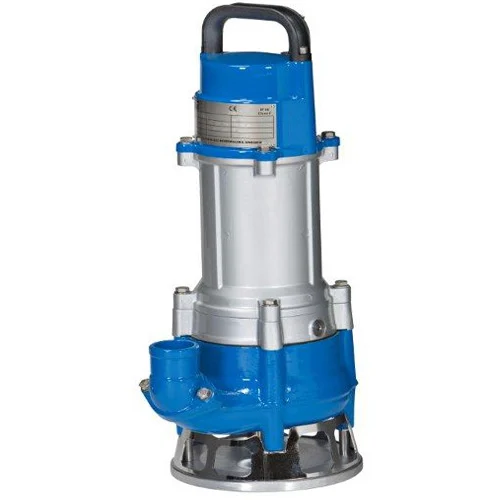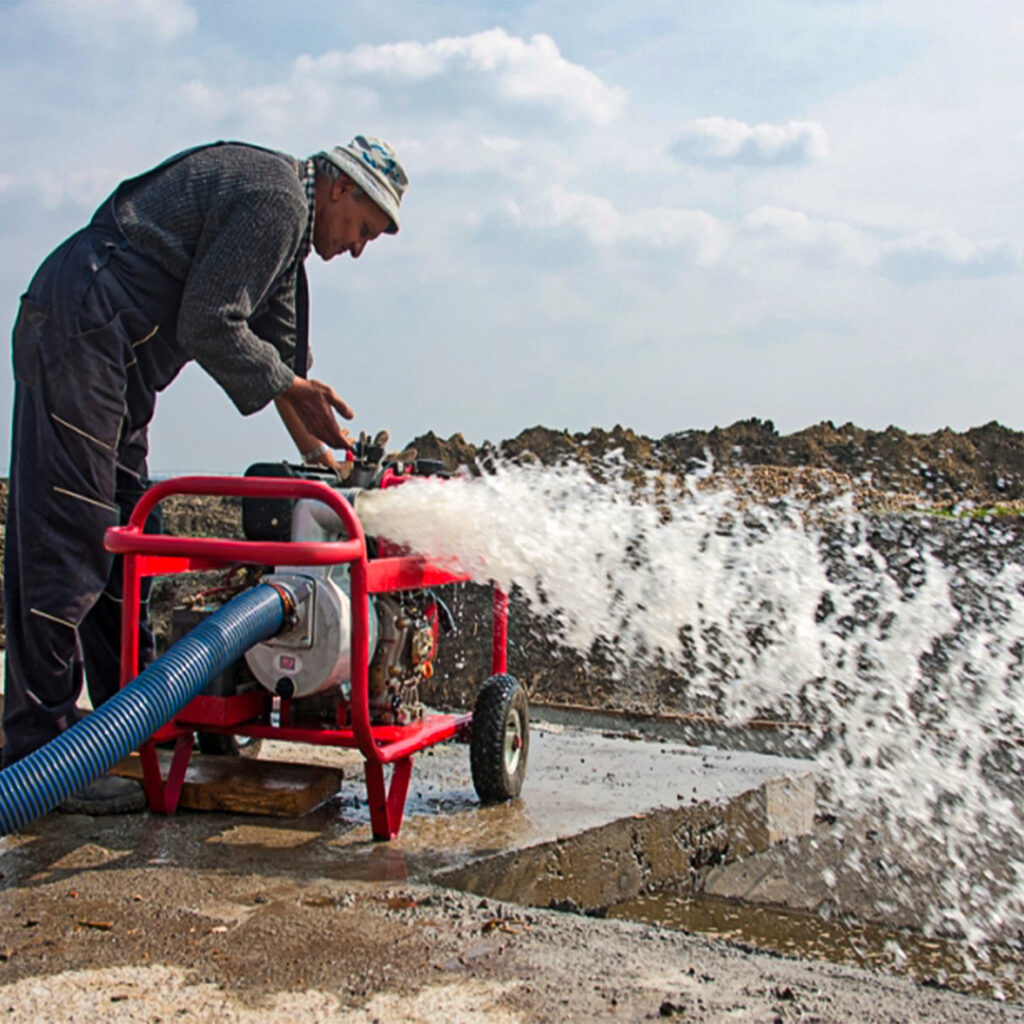Sludge Pumps

OUR PRODUCTS
Sludge Pumps
The design of a slurry pump is critical to making sure that the abrasive characteristics of the sludge do not destroy the pump. Furthermore, sludge may contain larger solids that will inevitably lead to clogs or obstructions in many types of pumps. Most centrifugal pumps have an impeller with close tolerance to the volute, meaning that solids above an inch or so will not pass through the pump. Plus, the abrasive and sometimes corrosive nature of the slurry will quickly wear the volute and ruin the tolerance. These problems will cause the pump to lose its suction capability and will require more frequent maintenance. This causes massive downtime when pumping sludge, along with costly maintenance and spare parts.
Sludge, along with slurry, can be divided into two categories: one category is sludge that contains solids that eventually settle, and one category where the solids remain in suspension.
The sludge that contains particles in perpetual suspension is usually made up of very fine, low-impact particles that can be abrasive to the pump but mostly behave like water. The sludge that contains particles that will eventually settle is a more unstable slurry that does not behave in the way of traditional liquids. Attention must be paid to flow velocity and horsepower capacities when selecting a sludge pump. Most slurry or sludge applications are made of coarse particles so sludge pumps are designed with high impact and wear-resistant features.

